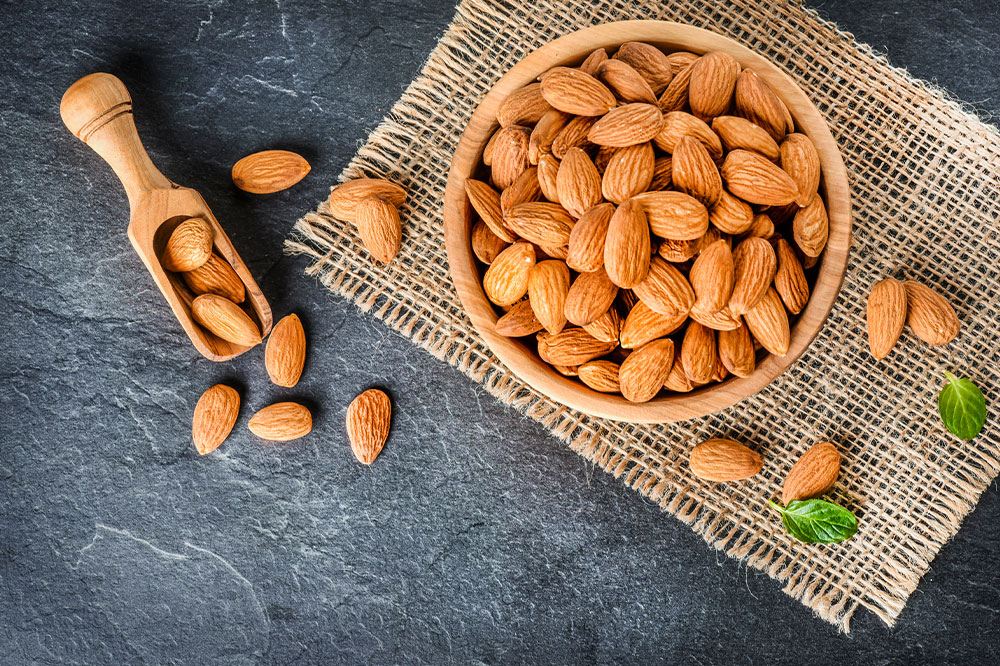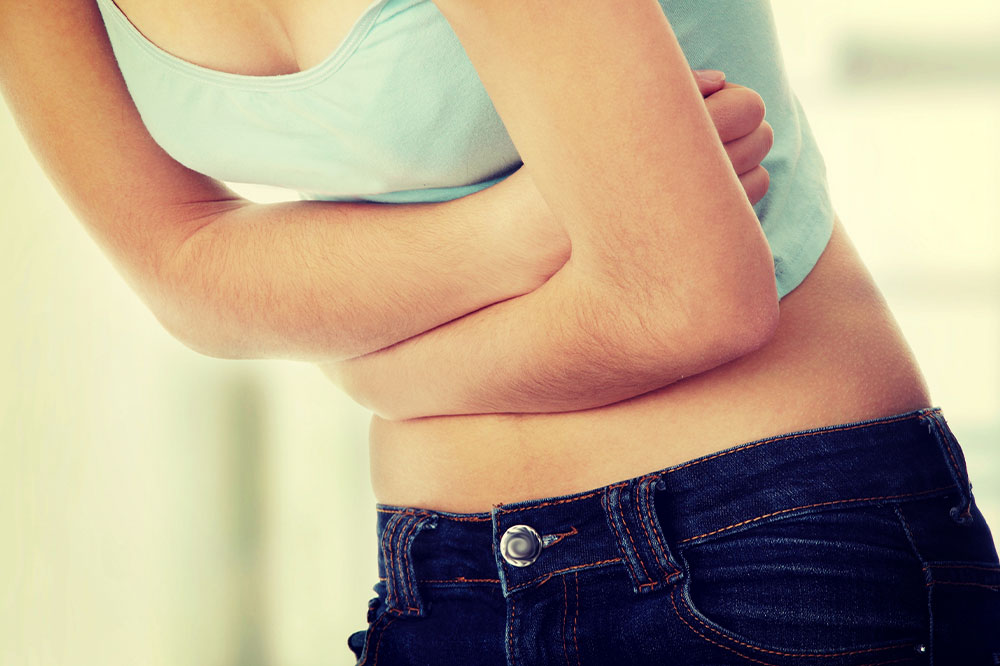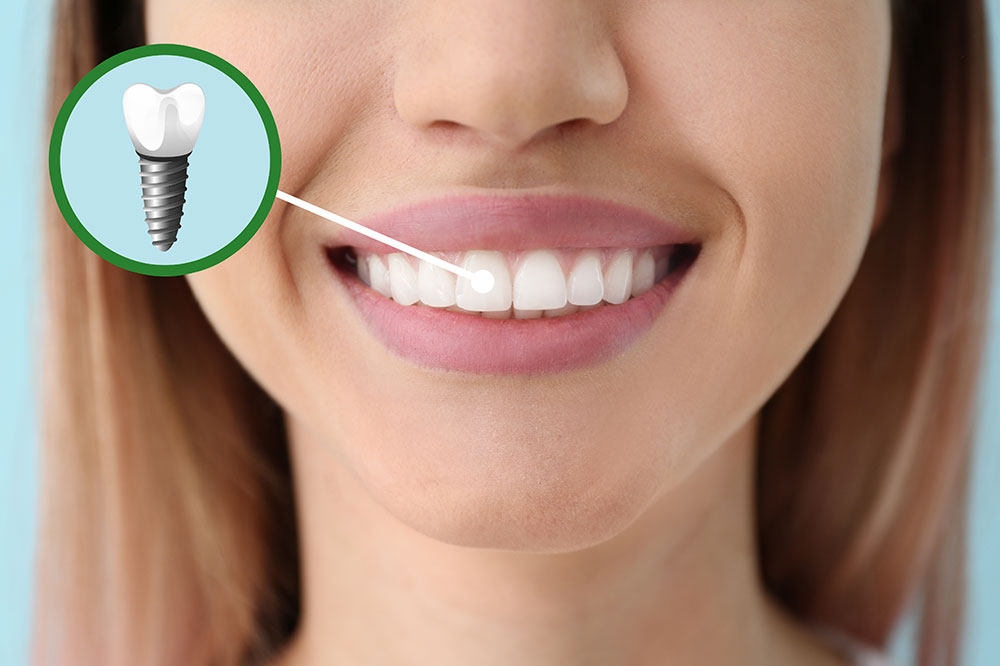Top 9 Foods to Help Manage and Ease Headaches

Most people experience headaches at some point in their life. Typically, these painful sensations are accompanied by varying symptoms and can fall under hypertension, stress, cluster headaches, and migraines. Moreover, it has been found that particular food items can trigger headaches. Hence, most healthcare professionals may suggest lifestyle and meal plan adjustments to manage the issue. Continue reading this article to learn more about the top foods that can ease headaches and give relief.
Superfoods that can help ease and prevent headaches
Bananas
Bananas are considered one of the most nutritious fruits as it contains high amounts of magnesium, which can keep headaches at bay. Furthermore, it can provide one with the needed energy when feeling fatigued. So, instead of opting for processed foods and granola bars as the headache increases, one can try eating a single banana – either whole or cut into bite-sized pieces. The energy, nutritional value, and hydration from the fruit can help ease headaches if there’s throbbing pain.
Watermelon
Like bananas, watermelon is rich in fluids and comprises 92% water, and the hydrating effect of the fruit can keep away headaches, especially migraines often triggered by dehydration. In addition to the above, watermelons also contain healthy levels of sugar that can aid one in regaining lost energy. But while choosing the fruit, one must remember that the fresher the watermelon is, the more nutritional value it possesses. So pick fresh ones and consume them as snacks or juices to remain hydrated throughout the day.
Avocado
A plant-based source of omega-3 fatty acids, avocado can be consumed by vegetarians to ease headaches and prevent future attacks. After research, a 2015 study published in The Journal of Head and Face Pain concluded that the antioxidative properties of the fruit could aid in fighting migraines and oxidative stress. Supplementarily this green-colored fruit is a rich source of Vitamin D that can help counter inflammation, oxidative stress, and, finally, headaches.
Mushrooms
Some people can develop headaches due to digestion issues. This is likely the case if the patients have certain problems in the lower intestine, such as increased intestinal permeability. In such cases, foods high in riboflavin ( Vitamin B2), like mushrooms, can ease the condition. Besides, studies have also shown that supplementation of Vitamin B2 can aid in reducing the frequency of migraine headaches. Therefore, healthcare professionals suggest adding riboflavin-rich foods like quinoa, nuts, mushrooms, and eggs to the meal plan to ease headaches and accompanying symptoms effectively.
Sweet potatoes
Vegetables such as sweet potatoes have been found to possess high amounts of anti-inflammatory nutrients such as beta-carotene. Further, they are rich in Vitamin C, potassium, Vitamin B2, Vitamin B6, niacin, and copper. As migraine headaches have long been linked to increased inflammation, one can significantly benefit from eating anti-inflammatory foods to ease headaches.
Beets
Beetroots, also known as beets, are rich in potassium, Vitamin C, and manganese. Along with that, this vegetable is also a good source of folic acid. Blending this nutrient with others, such as Vitamin B12 and Vitamin B6, can effectively reduce migraine headaches and their associated symptoms. But one must ensure they consume at least 2mg of folic acid to avoid recurring headaches.
Broccoli
Cruciferous vegetables like broccoli can benefit women undergoing pre-menopause with migraine headaches. Typically, these headaches begin 2-3 days before the menses. And according to a study, the phytoestrogens found in cruciferous veggies can mimic the hormone found in the human body – estrogen. Thus, this way, broccoli prevents episodes of pre-menstrual headaches and eases the discomfort of the patients.
Ginger
Ginger has immense medicinal properties that have been used to treat different health issues. While it’s most commonly known to ease indigestion and cure upset stomachs, its properties can also help ease excruciating headaches like migraines and prevent them. This occurs through the compounds called shogaols and gingerols, which have pain-relieving and anti-inflammatory effects on the body.
These natural compounds can effectively treat migraine headache-induced symptoms like vomiting and nausea. Over and above this, ginger can also increase serotonin which may stop or ease migraine headaches by restricting blood vessels and reducing inflammation.
One of the easiest ways to consume ginger is in the form of tea. But it can also be added to other meals. The patient can also try other mediums, such as gels, essential oils, tablets, and powders, according to their needs and comfort level.
Salmon
Multiple studies have shown that omega-3 fatty acids have anti-inflammatory properties that can prove beneficial to combat migraine headache symptoms and reduce their duration. But most American households focus more on Omega 6 fatty acids that can promote inflammation. Therefore, it’s suggested that patients experiencing frequent headaches cut back on foods like corn, cookies, and other processed foods. Instead, one can consume omega-3-rich foods like salmon, lake trout, and cod to ease headaches and their frequency.
In addition to consuming the nutrient-rich superfoods mentioned above, one must avoid trigger foods such as soy, tomatoes, ice cream, coffee, chocolate, onions, aged cheese, and baked bread. These modifications to the meal plan can help the patients ease headaches and reduce their frequency. However, if the intensity of the headaches increases, one must consult a healthcare professional at the earliest. This can help with the early diagnosis of the underlying condition and help better understand the headaches and their potential triggers. This consultation can also pave the way for a treatment plan that works best for the patient.
Further, if needed, one can also seek the advice of a nutritionist to ensure that the patient’s nutritional needs are always met, preventing deficiencies. Along with changes in meal plans, it is advisable to have an active lifestyle to prevent headaches and their recurrence. Also, remember to get 7-8 hours of adequate sleep and remain hydrated to prevent feeling low and tired.






